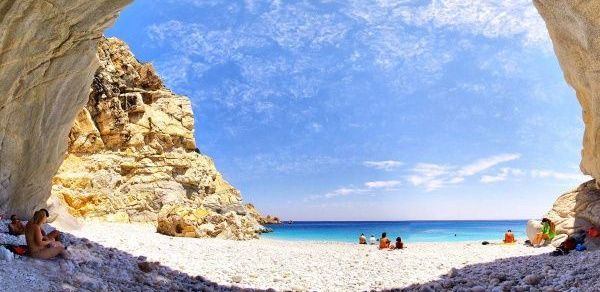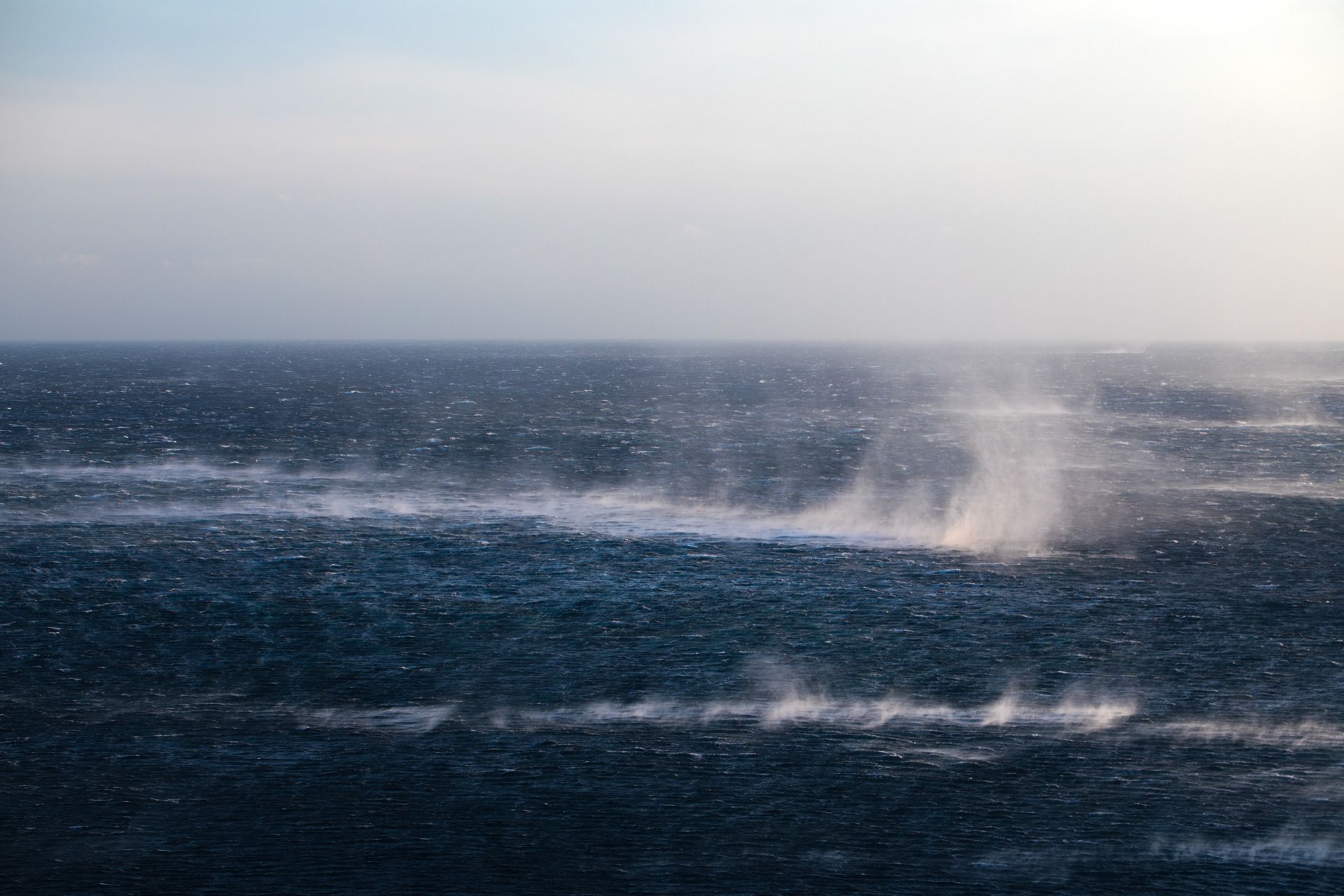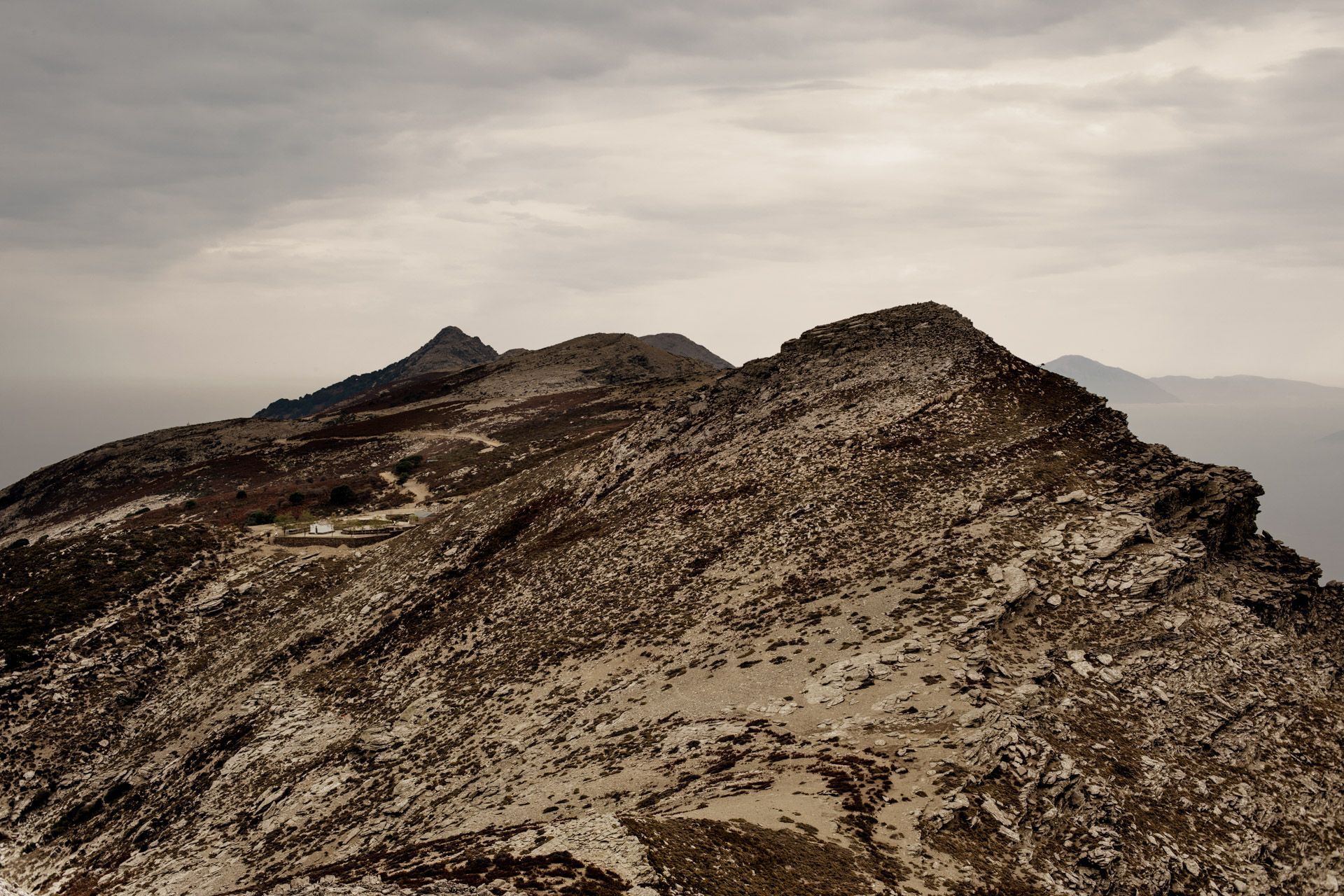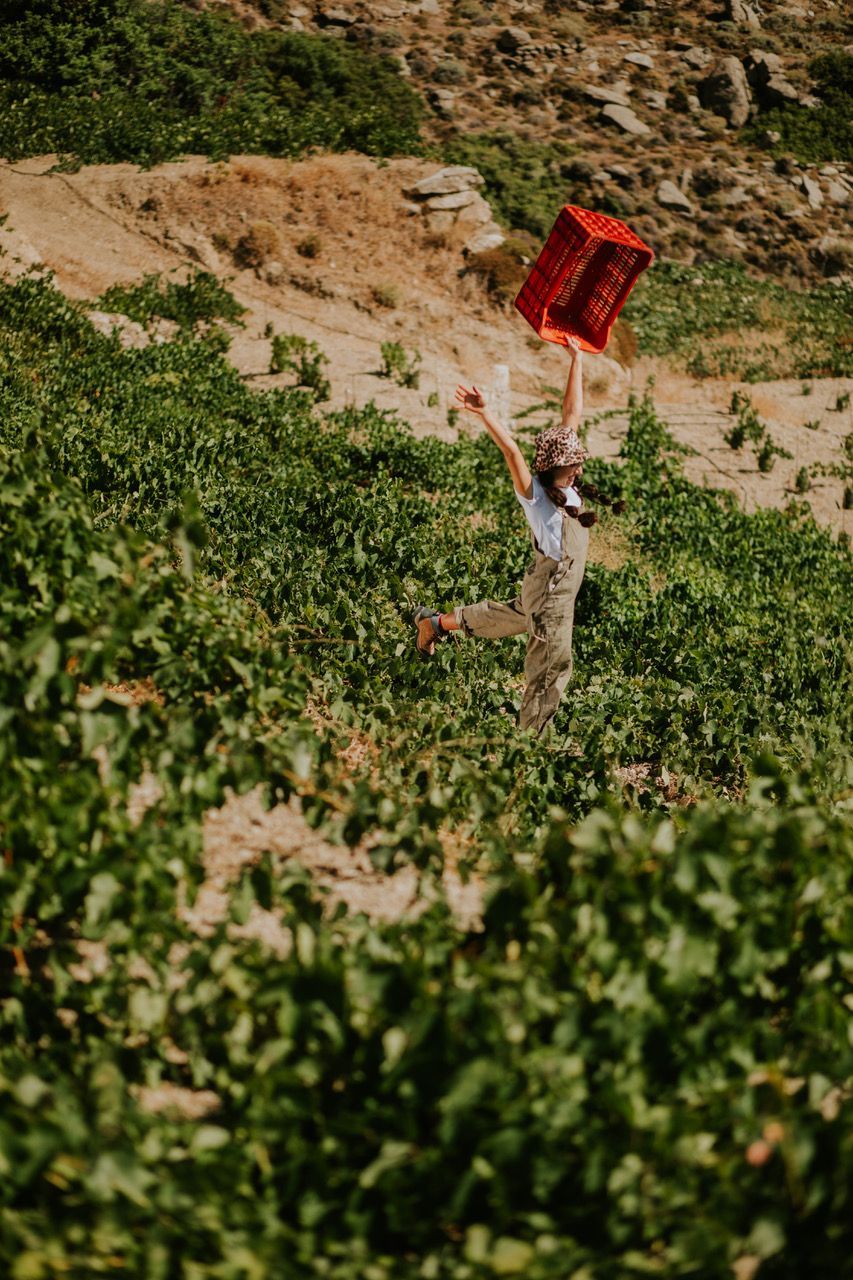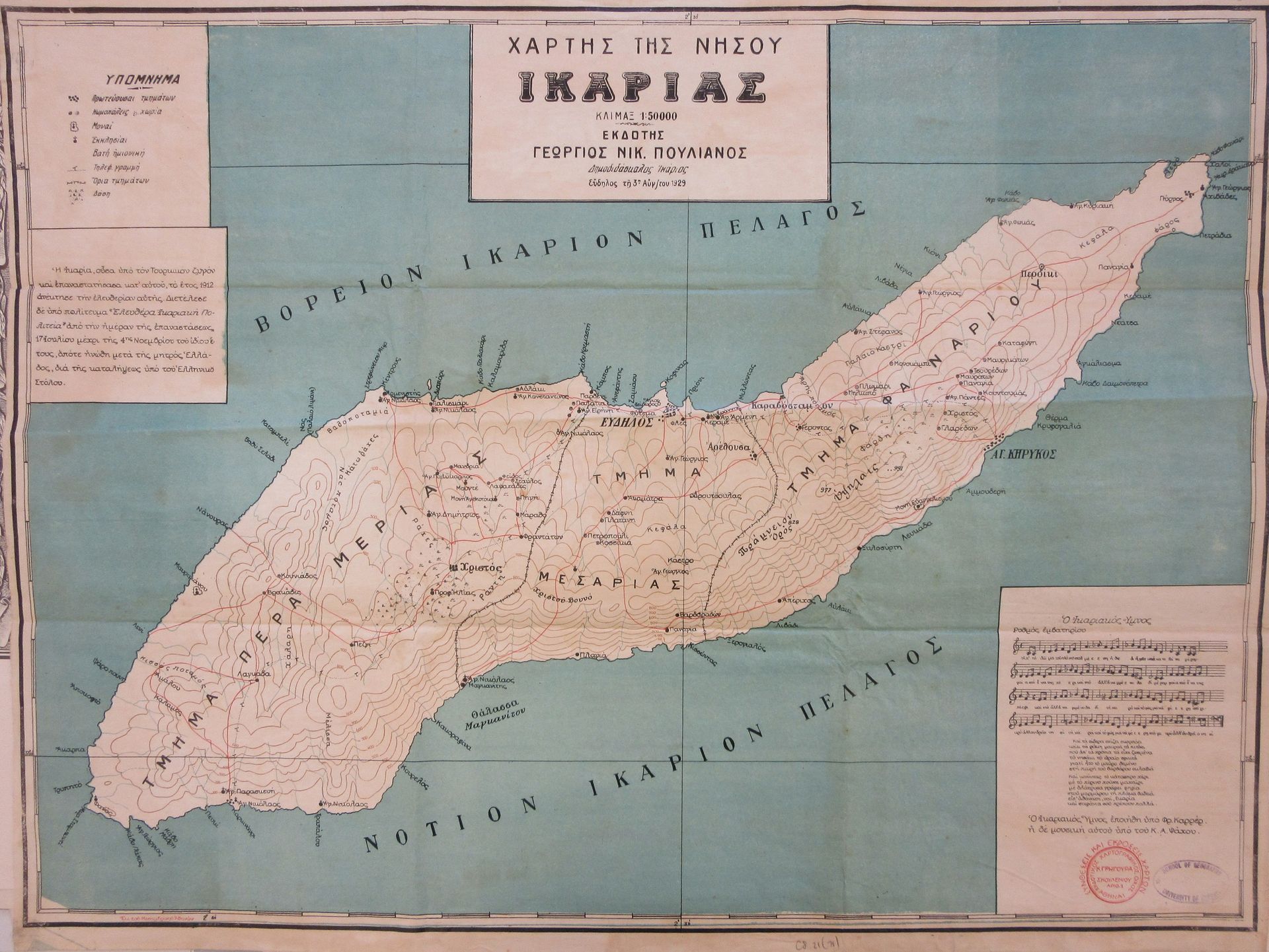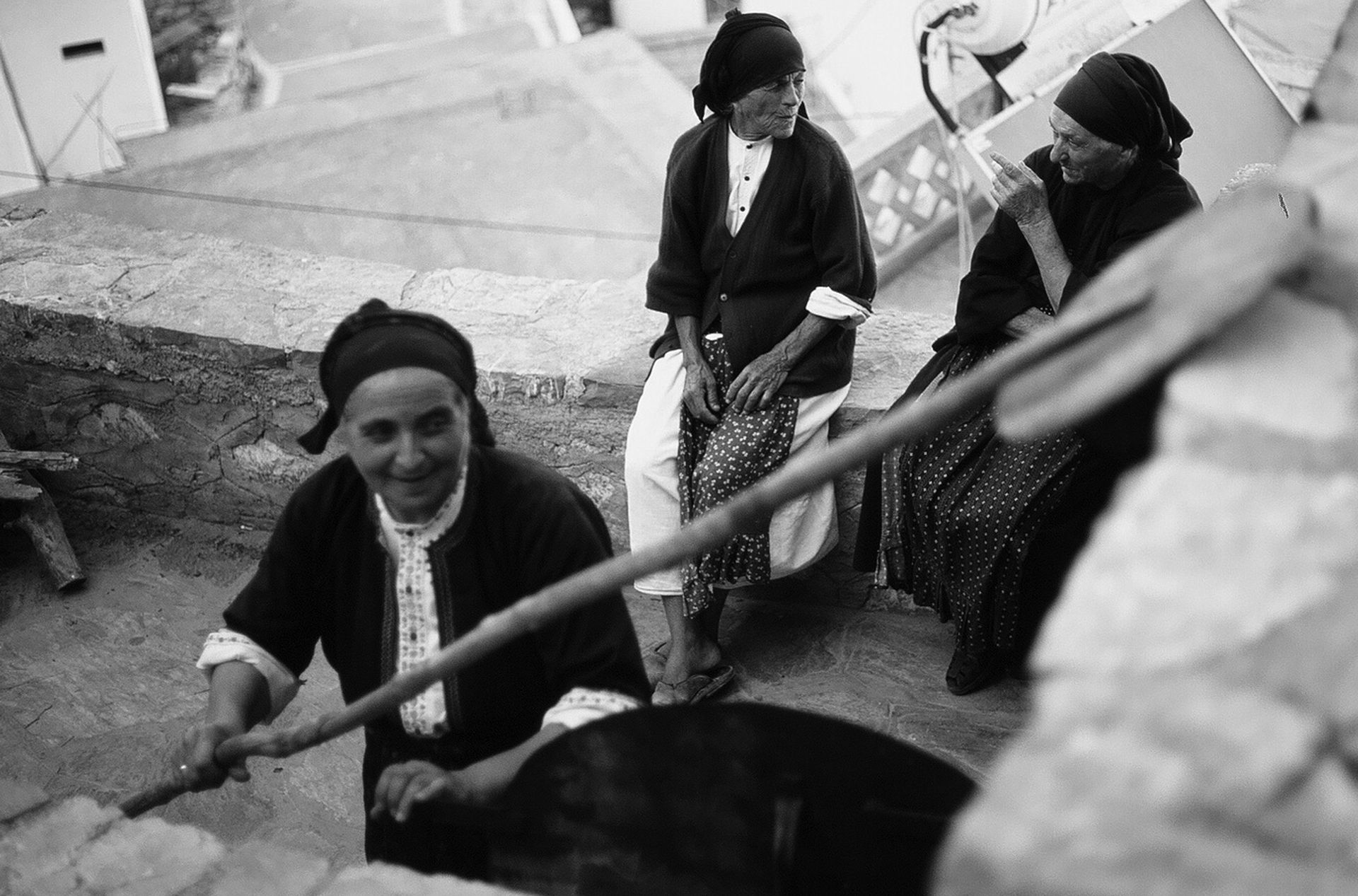How Ikaria Took its Name
The Myth: Icarus and the Flight Toward the Sun
On Ikaria, every step you take echoes with myth. The cliffs, the sharp ridges, the hidden coves, and the open sky—they all seem to whisper the same ancient story: the story of Icarus.
The tale begins far from here, on the island of Crete. Daedalus, the legendary craftsman, was trapped in a labyrinth of his own making, held prisoner along with his young son, Icarus, by King Minoas. But Daedalus was never one to accept walls, even ones built with his own hands.
So he turned to the sky. Using feathers, wax, and ingenuity, he crafted wings—one pair for himself, one for Icarus. Before they took off, he gave his son a warning:
“Fly not too low, or the sea will weigh you down. But not too high either, or the sun will melt the wax. Fly the middle path.”
And off they went, riding the wind and defying gravity. But somewhere over the Aegean, the thrill of flight overcame Icarus. The warmth of the sun pulled him higher, and higher still. The wax began to melt. His wings unraveled. And Icarus fell—his body swallowed by the sea, but his name… carried on the wind.
The island where he fell was named
Ikaria. And whether the myth is truth or parable, one thing is certain:
Here, the spirit of Icarus still lives on.
It lives in the freedom of the waves, the quiet daring of the cliffs, the feeling of losing track of time under the sun. It lives in the belief that life isn’t just about staying safe—but about learning how far your own wings can take you.
